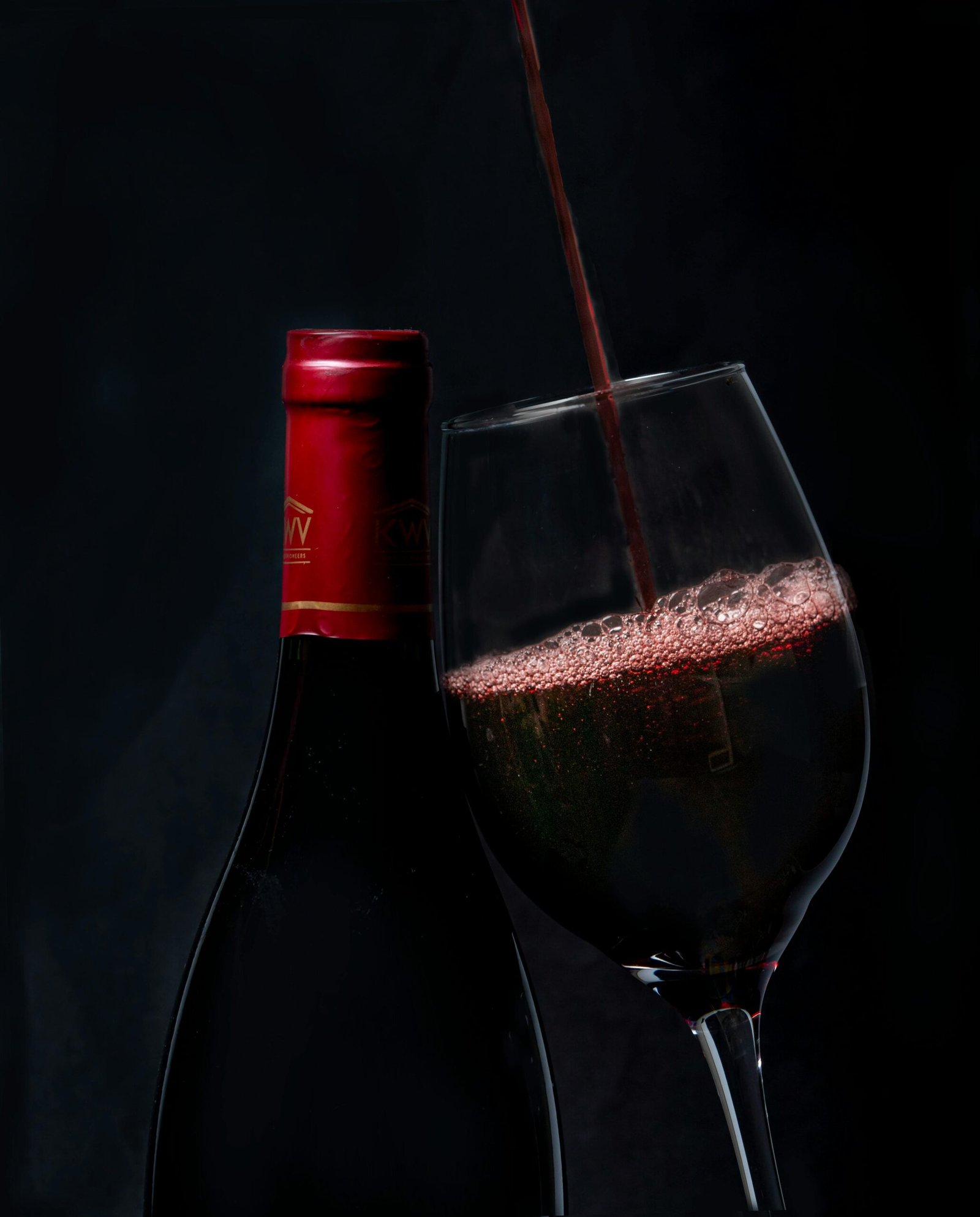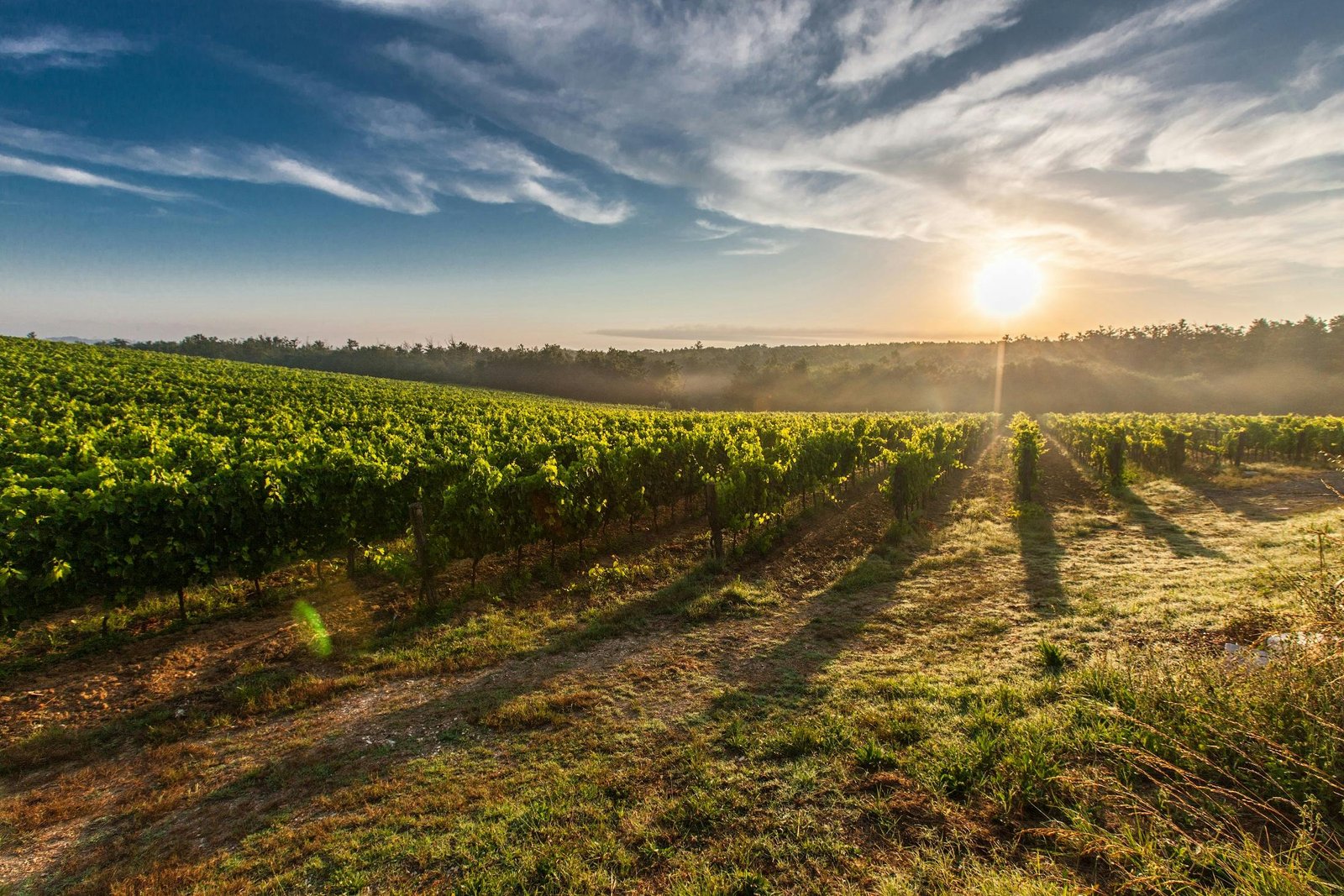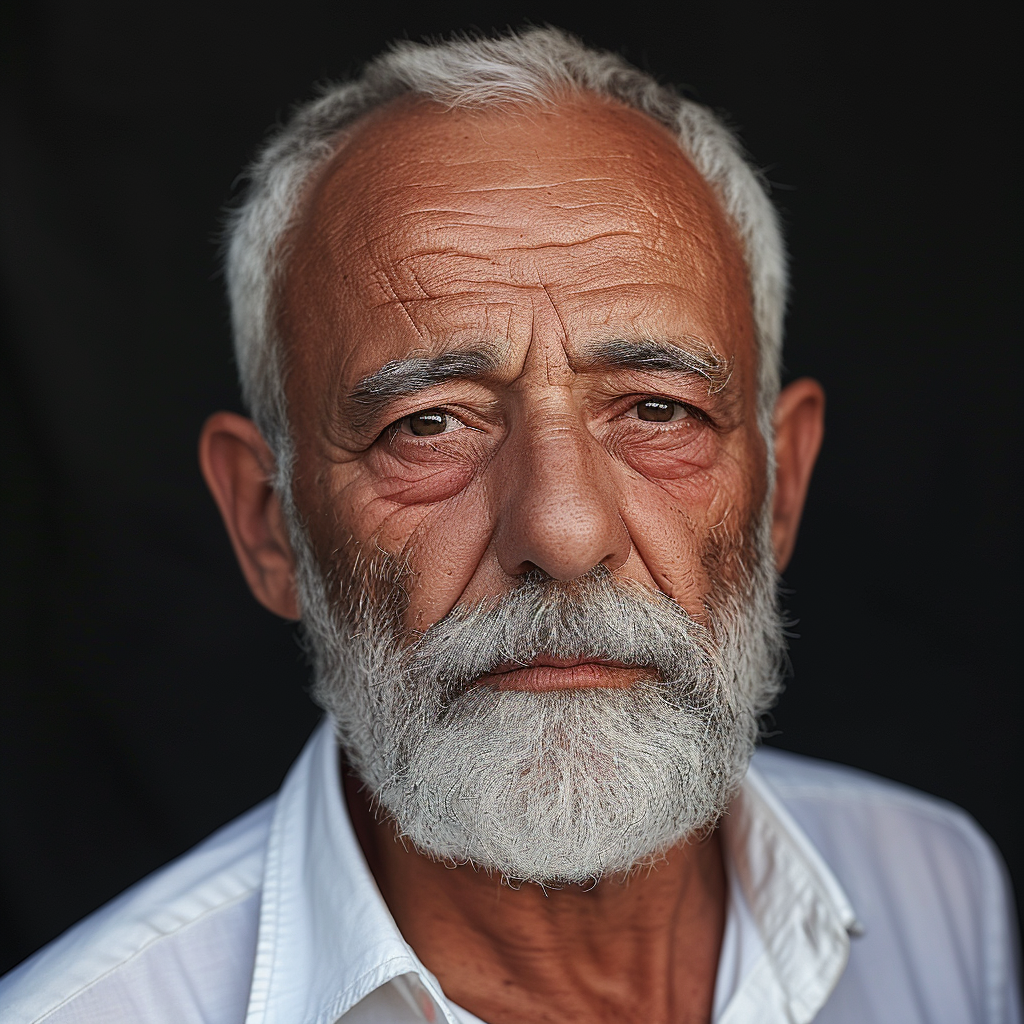Join us on a fascinating journey as we explore the impact of altitude on winemaking in our latest episode of “Learn by Tasting” with Wine Folly. In this episode, we delve into the science behind how climbing 1000 feet results in a significant temperature drop, which ultimately shapes the flavors of the grapes. We start by tasting the Alta Vista Blanc de Blancs, a wine made using the tank method of sparkling wine production. We also learn about the importance of climate in producing certain flavors and discover the benefits of higher altitude vineyards, such as in the Andes of Argentina. So grab a glass of wine and let’s embark on this sensory adventure together!
In this episode, we’ll also explore the difference between the tank method and the traditional method of making sparkling wine, uncovering why certain flavors and characteristics are present in the Alta Vista Blanc de Blancs. We’ll discover that acidity and climate play a crucial role in shaping the flavors, allowing us to appreciate the artistry behind winemaking at different altitudes. Lastly, we’ll hear from the winemaker at Bodegas Alta Vista in the Mendoza province of Argentina, who shares their passion for exploration and the dedication to preserving the freshness and expression of the grapes. So sit back, sip on your favorite wine, and indulge in the world of winemaking through the lens of altitude and flavor profiles. Cheers!
The Impact of Altitude on Winemaking
Temperature fluctuations at different altitudes
Altitude plays a significant role in winemaking, as every 1000 feet climbed results in a notable temperature drop. This phenomenon, known as the environmental lapse rate, has a profound impact on the flavors and characteristics of the grapes. As you ascend in altitude, the temperature decreases by an average of 3.5 degrees Fahrenheit. While this may not seem like a significant change, it can have a substantial effect on the range of climates suitable for growing different grape varieties. The temperature fluctuations at higher altitudes create unique conditions that shape the flavors and aromas of the grapes, ultimately influencing the resulting wines.
How altitude affects grape flavors
The temperature fluctuations caused by altitude have a direct influence on the development of grape flavors. In cooler climates at higher altitudes, grapes tend to ripen more slowly, allowing for a more extended growing season. This slow ripening process leads to the accumulation of complex flavors, including heightened acidity, increased freshness, and concentrated aromas. The cool temperatures help to preserve the delicate and nuanced flavors in the grapes, resulting in wines that are vibrant, balanced, and expressive. In contrast, grapes grown at lower altitudes may ripen more quickly and produce wines with bolder, fruit-forward characteristics.
Why wines from higher altitudes have unique characteristics
Wines produced at higher altitudes possess distinct and unique characteristics that set them apart from wines grown at lower elevations. The cooler temperatures and longer growing seasons at higher altitudes allow grapes to develop slowly, resulting in wines with more complexity and depth. The acidity in these wines tends to be higher, lending them a refreshing and vibrant quality. Additionally, the flavors and aromas in high-altitude wines are often more pronounced and concentrated, showcasing the true essence of the grape varietal. The unique combination of temperature fluctuations and extended ripening periods contribute to the exceptional quality and distinctiveness of wines from higher altitudes.
Understanding Sparkling Wines
The two popular methods for making sparkling wine (tank method and traditional method)
There are two popular methods for producing sparkling wine: the tank method and the traditional method. The tank method, also known as the Charmat method, is commonly used for sparkling wines such as Prosecco. In this method, the secondary fermentation that creates the bubbles occurs in a large pressurized tank. This technique produces fruit-forward sparkling wines known for their pure expression of the grape variety.
The traditional method, on the other hand, is used in the production of champagne. In this method, the secondary fermentation takes place in the bottle, allowing for more contact between the wine and the dead yeast cells, also known as lees. This extended contact results in the development of complex flavors such as toast and marzipan.
Differences in flavor profiles between the two methods
The choice of method for producing sparkling wine can have a significant impact on its flavor profile. Wines made using the tank method tend to be fruitier and more expressive, with pronounced aromas and flavors of the grape variety. On the other hand, wines made using the traditional method often exhibit more complex and layered flavors, thanks to the extended contact with the lees. These wines may have subtle notes of toast, brioche, and a richer mouthfeel. The method chosen by the winemaker ultimately determines the style and characteristics of the sparkling wine produced.

Tasting a Sparkling Wine
Analyzing the appearance of the wine
When tasting a sparkling wine, it is essential to start by examining its appearance. Sparkling wines typically have a pale gold color, although shades may vary depending on the grape variety and production method. Observe the wine in a well-lit area to identify any visual clues about its origin and style.
Identifying grape varieties based on aroma and taste
The next step in tasting a sparkling wine is to assess its aromas and flavors. Most sparkling wines use three grape varieties: Chardonnay, Pinot Noir, and Pinot Meunier. The aroma profile may vary depending on the grape varietal used. For example, Chardonnay-based sparkling wines often exhibit green apple and lemon cake aromas, while Pinot Noir-based wines may showcase red fruit flavors such as strawberry or cherry.
Determining sweetness level and acidity
In sparkling wines, the sweetness level is an essential factor in determining its style. The most common sweetness level for sparkling wines is “Brut,” which signifies a dry wine. Additionally, acidity plays a crucial role in the overall balance of the wine. Higher acidity levels in sparkling wines contribute to a refreshing and lively sensation on the palate.
Identifying the Wine
Narrowing down the choices based on flavor profile
Now that you have analyzed the appearance, aroma, and taste of the wine, it’s time to identify its characteristics and narrow down the options. Based on the absence of red fruit flavors and the lean, linear nature of the wine, we can eliminate options such as Blanc de Noirs (a sparkling wine made with only black grapes) or blends.
Eliminating options based on grape varieties used
Since the wine does not showcase any red fruit flavors, we can further narrow down the possibilities. Sparkling wines made from black grapes, such as Pinot Noir, typically exhibit these red fruit characteristics. Therefore, we can eliminate those options from consideration.
Revealing the wine as a Blanc de Blanc made with green grapes
Considering the absence of red fruit flavors and the lean, linear qualities of the wine, it is highly likely that the wine in question is a Blanc de Blanc. Blanc de Blanc is a sparkling wine made exclusively from green grapes, such as Chardonnay. This choice emphasizes the fruity and expressive nature of the grape variety while maintaining a crisp and refreshing profile. In the case of the wine being tasted, it is a Blanc de Blanc made with Chardonnay grapes using the Charmat method.

Exploring the Charmat Method
Understanding how the Charmat method creates fruit-forward sparkling wines
The Charmat method, also known as the tank method, is a popular technique for producing fruit-forward sparkling wines. In this method, the secondary fermentation, responsible for creating the bubbles, takes place in a large, pressurized tank. The wine undergoes the fermentation process while in contact with the yeast, resulting in the production of carbon dioxide. This method preserves the fruitiness and purity of the grape variety, producing wines that showcase the inherent flavors and characteristics.
Comparing the Charmat method to the traditional method in terms of yeast contact
One key difference between the Charmat method and the traditional method lies in the amount of contact the wine has with the yeast cells, also known as lees. In the Charmat method, the fermentation occurs in a closed tank, limiting the contact with the lees. This minimal contact preserves the fruit-forward qualities of the wine and emphasizes the expression of the grape variety. In contrast, the traditional method involves fermenting the wine in the bottle, providing more extensive contact with the lees. This longer contact leads to more complex flavors, including those associated with toast and brioche.
The Characteristics of Chardonnay Sparkling Wines
High acidity and lean flavors
Chardonnay sparkling wines are known for their high acidity and lean flavors. The acidity contributes to the wine’s refreshing and zesty character, providing a lively sensation on the palate. These wines often exhibit notes of green apple, lemon, and lime, showcasing the expressive nature of the Chardonnay grape.
Finding the ideal climate for Chardonnay grapes to develop these flavors
To produce Chardonnay sparkling wines with the desired characteristics, winemakers must find the ideal climate for the grape variety to thrive. Cooler climates are particularly suitable for Chardonnay, as they allow for a slower ripening process and the preservation of acidity. Regions like Champagne in France and Germany offer optimal conditions for Chardonnay grapes to develop the desired flavors and aromas. Additionally, the cooling influence of the Pacific Ocean in coastal California creates favorable conditions for Chardonnay production.

Altitude and the Environmental Lapse Rate
Explaining the concept of environmental lapse rate
The environmental lapse rate refers to the decrease in temperature as altitude increases. On average, for every 1000 feet climbed, the temperature drops by approximately 3.5 degrees Fahrenheit. This phenomenon occurs due to various factors, including reduced atmospheric pressure and the cooling effect of higher altitudes.
How altitude can provide a cooler climate and preserve grape freshness
Altitude plays a crucial role in winemaking by offering a cooler climate at higher elevations. As you ascend in altitude, the temperature decreases, creating an environment that is more favorable for maintaining grape freshness and preserving the delicate flavors. The cooler temperatures at higher altitudes allow for a slower ripening process and a more extended growing season, resulting in wines with heightened acidity and concentrated flavors. By harnessing the benefits of the environmental lapse rate, winemakers can produce wines that are vibrant, expressive, and balanced.
Discovering Alta Vista Blanca Blancs
Introducing the winery and its location in Mendoza, Argentina
Alta Vista is a winery located in the beautiful province of Mendoza, Argentina. With a rich tradition and a long history of winemaking, Alta Vista stands out as a pioneer in exploring new winemaking terrains and pushing the boundaries of winemaking techniques. The winery is renowned for its commitment to quality and excellence, offering a range of unique and expressive wines.
The unique climate of the vineyards in the foothills of the Andes
Alta Vista’s vineyards are located in the foothills of the Andes Mountain range, providing a unique climate for grape cultivation. Situated at an elevation of approximately 3200 feet, the vineyards benefit from the environmental lapse rate, which creates a significant temperature shift from warm to cool as you ascend. This climatic variation allows the winemakers at Alta Vista to produce wines that are characterized by their freshness, fruitiness, and acidity.
The characteristics of the wine, including its expressiveness and balance
Alta Vista Blanca Blancs is a sparkling wine made from Chardonnay grapes grown in the foothills of the Andes. This wine showcases the unique characteristics of the region, offering exceptional expressiveness and balance. With vibrant fruit flavors, pronounced aromas, and a refreshing acidity, Alta Vista Blanca Blancs represents the epitome of high-altitude winemaking. The wine embodies the essence of the Chardonnay grape, highlighting its natural sweetness and acidity in perfect harmony.
Conclusion
In conclusion, the impact of altitude on winemaking cannot be understated. From temperature fluctuations to flavor development, altitude plays a crucial role in shaping the characteristics of the grapes and the resulting wines. Higher altitudes offer cooler climates, slower ripening periods, and extended growing seasons, leading to wines with exceptional complexity, freshness, and balance.
Through our exploration of sparkling wines and Chardonnay production, we have discovered the importance of winemaking techniques, such as the tank method and the traditional method, in shaping flavor profiles. Additionally, the environmental lapse rate and the benefits it provides at higher altitudes have been instrumental in producing wines with distinct qualities.
Our journey through the Alta Vista Blanca Blancs has revealed the wonders of winemaking in the foothills of the Andes in Mendoza, Argentina. The unique climate and expressive characteristics of these wines illustrate the immense potential of high-altitude vineyards.
As wine enthusiasts, we are reminded of the diverse and fascinating world of wines, where every sip tells a story and every vineyard has a unique tale to tell. We encourage you to continue exploring wines from different altitudes, appreciating the unique qualities they possess. Cheers to the extraordinary journey of wine tasting!

Franco Deville, an esteemed wine connoisseur and author, is the visionary behind “Wines of Madeira.” His extensive background in viticulture and wine tasting enriches his detailed guide on Madeira wines. Franco’s dedication to traditional winemaking and innovative approaches has established him as an influential voice in the wine community.
